
Raoul Walsh was an American film director, actor, founding member of the Academy of Motion Picture Arts and Sciences (AMPAS), and the brother of silent screen actor George Walsh. He was known for portraying John Wilkes Booth in the silent film The Birth of a Nation (1915) and for directing such films as the widescreen epic The Big Trail (1930) starring John Wayne in his first leading role, The Roaring Twenties starring James Cagney and Humphrey Bogart, High Sierra (1941) starring Ida Lupino and Humphrey Bogart, and White Heat (1949) starring James Cagney and Edmond O'Brien. He directed his last film in 1964. His work has been noted as influences on directors such as Rainer Werner Fassbinder, Jack Hill, and Martin Scorsese.

The Big Trail is a 1930 American pre-Code Western early widescreen film shot on location across the American West starring 23-year-old John Wayne in his first leading role and directed by Raoul Walsh. It is the final completed film to feature Tyrone Power Sr. before his death in 1931, as well as his only sound role.

Frank Joseph Marion was an American motion picture pioneer. He was born in Tidioute, Pennsylvania. He had a wife named Florence and 4 daughters and a son. He was married to Florence until her death.
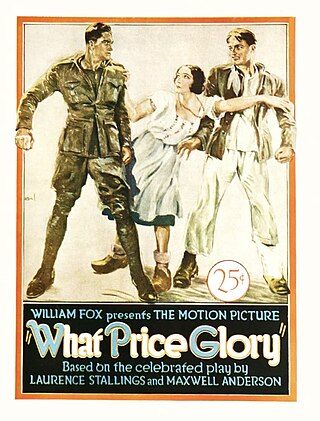
What Price Glory? is a 1926 American synchronized sound comedy-drama war film produced and distributed by Fox Film Corporation and directed by Raoul Walsh. The film was released with a synchronized musical score with sound effects using the Movietone sound system. The film is based on the 1924 play What Price Glory by Maxwell Anderson and Laurence Stallings and was remade in 1952 as What Price Glory starring James Cagney. Malcolm Stuart Boylan, founder of the U.S. Coast Guard Auxiliary, was title writer on the silent Fox attraction.

The Bowery is a 1933 American pre-Code Epic historical drama film set in the Lower East Side of Manhattan around the start of the 20th century directed by Raoul Walsh and starring Wallace Beery and George Raft. The supporting cast features Jackie Cooper, Fay Wray, and Pert Kelton.
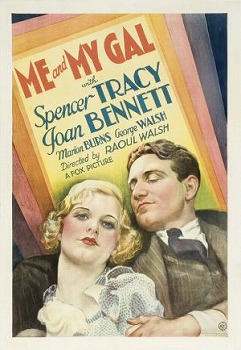
Me and My Gal is a 1932 American pre-Code crime romantic comedy-drama film starring Spencer Tracy and Joan Bennett, directed by Raoul Walsh, and released by the Fox Film Corporation. The film tells the story of jaunty young policeman Danny Dolan (Tracy), who falls in love with waterfront cafe waitress Helen Riley (Bennett). It is admired as a pre-Code classic today. According to TCM, it did well with critics and audiences, featuring fine performances from its two stars, “displaying the superb chemistry” that can be seen in their other pictures together.

The Revolt of Mamie Stover is a 1956 American DeLuxe Color romantic drama film directed by Raoul Walsh and produced by Buddy Adler from a screenplay by Sydney Boehm, based on the 1951 novel of the same name by William Bradford Huie. The picture stars Jane Russell and Richard Egan, with Joan Leslie, Agnes Moorehead, and Michael Pate, and was filmed in CinemaScope. The music was by Hugo Friedhofer and the cinematography by Leo Tover, with costume design by Travilla.

White Heat is a 1949 American film noir directed by Raoul Walsh and starring James Cagney, Virginia Mayo and Edmond O'Brien.
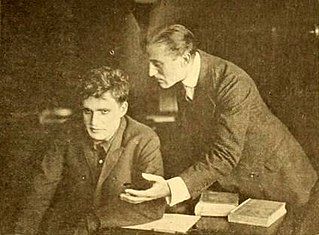
Carl Harbaugh was an American film actor, screenwriter and director.

Lost and Found on a South Sea Island is a 1923 American drama film directed by Raoul Walsh and produced by Samuel Goldwyn. It was filmed on location in Tahiti and includes a nude scene involving a young woman bathing.

Carmen is a 1915 American silent drama film, written and directed by Raoul Walsh, which starred Theda Bara. It is based on the 1845 novella Carmen, the film was shot at the Fox Studio in Fort Lee, New Jersey. It is now considered lost.
The Life of General Villa (1914) is a silent biographical action–drama film starring Pancho Villa as himself, shot on location during a civil war. The film incorporated both staged scenes and authentic live footage from real battles during the Mexican Revolution, around which the plot of the film revolves. The film was produced by D. W. Griffith and featured future director Raoul Walsh as the younger version of Villa.
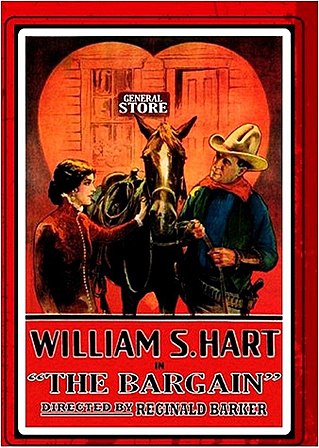
The Bargain is a 1914 American silent Western film starring William S. Hart. It was the first feature film starring Hart, who would go on to become the most popular Western actor of the silent film era. In 2010, it was one of the 25 films added to the National Film Registry of the Library of Congress for being "culturally, historically or aesthetically significant." The second Hart Western to be named to the National Film Registry, The Bargain was said to have been selected because of Hart's charisma, the film's authenticity and realistic portrayal of the Western genre.

Rockliffe St Patrick Fellowes, was a Canadian actor born in Ottawa, Ontario, Canada. He starred in films such as Regeneration and Monkey Business.

The Silent Lie is a 1917 silent drama film, produced and released by Fox Film Corporation, directed by Raoul Walsh, and starring Walsh's then-wife Miriam Cooper.

Me, Gangster is a 1928 American synchronized sound gangster film directed by Raoul Walsh. While the film has no audible dialog, it was released with a synchronized musical score with sound effects using the sound-on-film movietone process. The film stars June Collyer, Don Terry, Anders Randolf and a young Carole Lombard.
East of Suez is a 1925 American silent drama film directed by Raoul Walsh and starring Pola Negri. It is based on a play, East of Suez (1922), by W. Somerset Maugham. The film was produced by Famous Players–Lasky and distributed by Paramount Pictures.
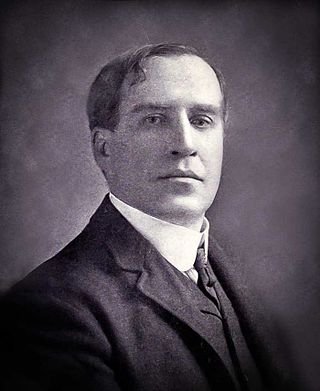
Owen Frawley Kildare was an American writer active in the early 20th century. His short stories and novels described the grim realities of life in a New York City slum. Often heard to comment that he was "born in the gutter", he was known as "the Mr. Bounderby of American Letters" and "the Kipling of the Bowery".

The Conqueror is a 1917 American silent biographical Western film directed by Raoul Walsh and starring William Farnum. It was produced and distributed by Fox Film Corporation.
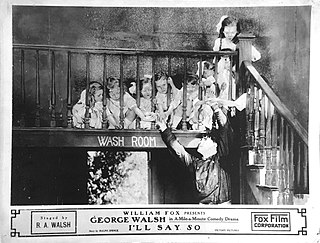
I'll Say So is a Lost 1918 silent war comedy film dir. by Raoul Walsh and starring his brother George Walsh. It was produced and distributed by Fox Film.




















